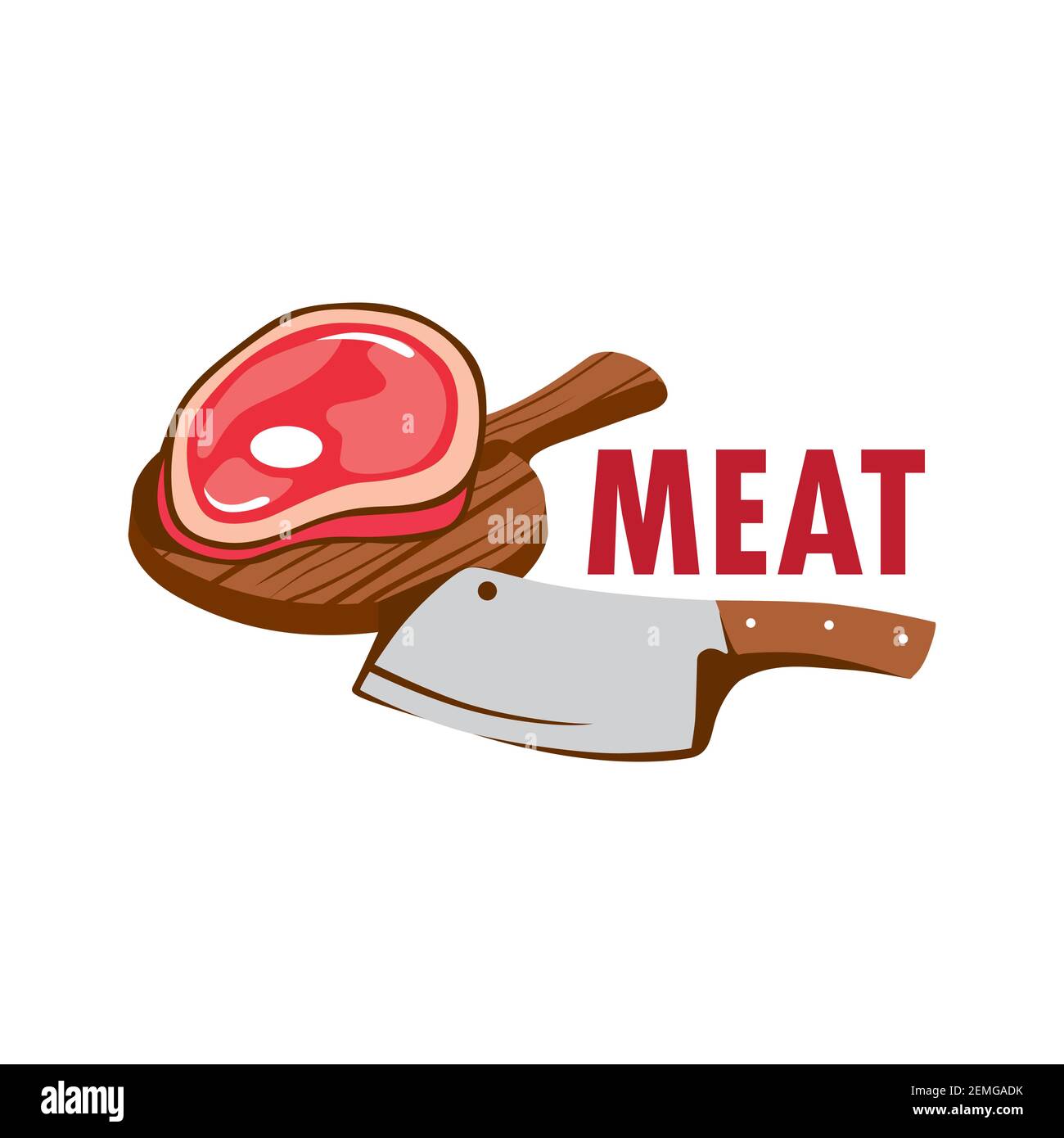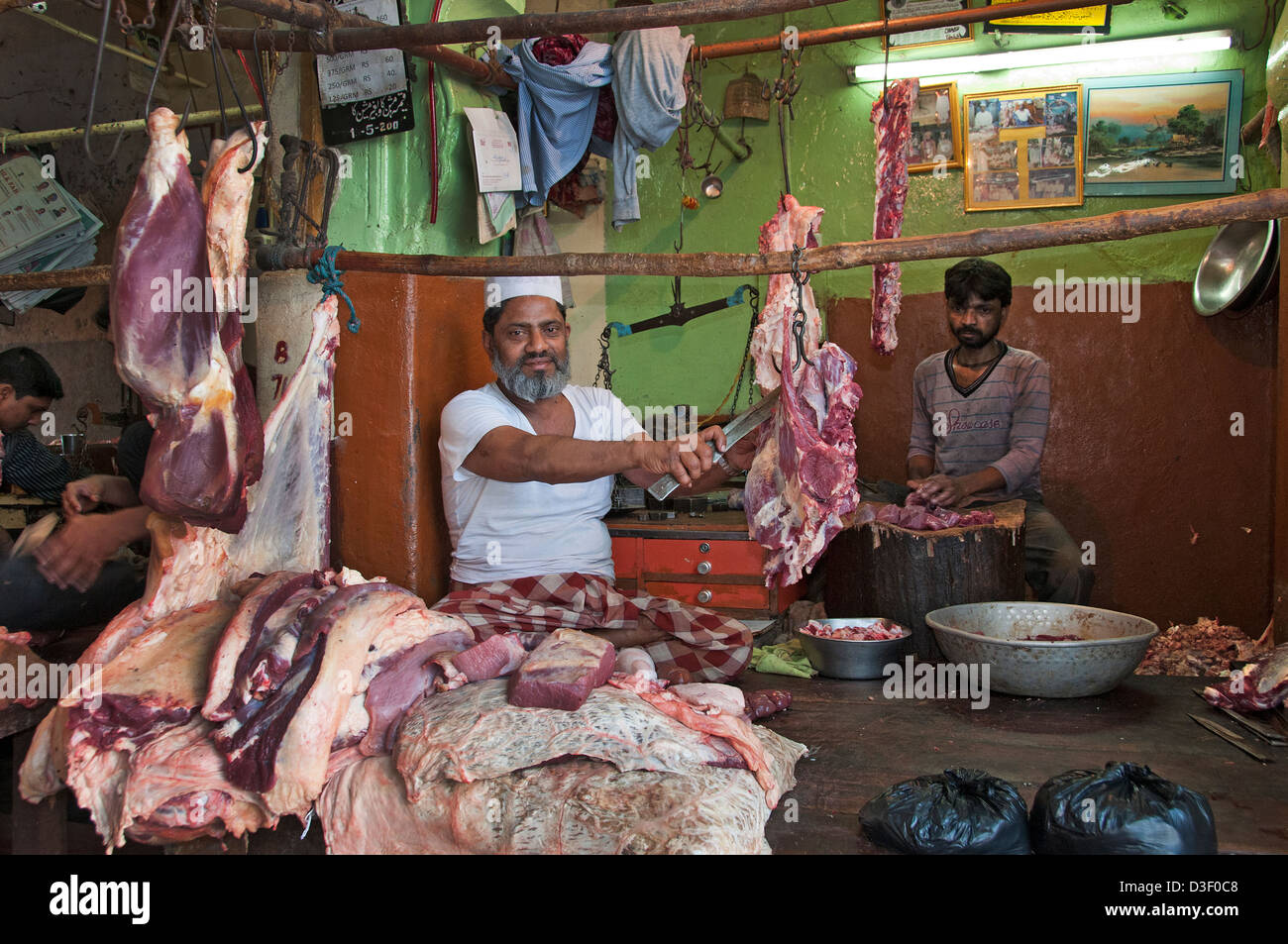From Farm to Table: Embracing the Tradition of Meat Markets and Butcheries
In an era controlled by ease and mass production, there exists a quiet revolution happening in the cooking globe - a return to the origins of food sourcing via the custom of meat markets and butcheries. These establishments, commonly ignored in the darkness of grocery stores, are experiencing a resurgence as critical consumers seek quality, traceability, and a link to the origins of their food. However what is driving this change back to the means of old? The response hinges on the intersection of heritage practices, ethical considerations, and a wish for a more authentic gastronomic experience.
The Renewal of Meat Markets
The renewal of meat markets throughout various neighborhoods shows a change towards a restored admiration for in your area sourced, quality meats. In recent years, customers have come to be more mindful of the origins of their food, causing a growing need for transparency and sustainability in the meat industry. This trend has actually led the way for the resurgence of standard meat markets and butcheries, where customers can straight interact with educated butchers and resource their meat from neighboring farms.
Among the key driving elements behind this rebirth is the wish for higher top quality and fresher products. By acquiring meat from regional markets, consumers can make certain that they are getting fresh cuts that have actually not taken a trip lengthy distances or been resting in storage space for extended durations. In addition, supporting regional meat markets helps boost the local economic situation and promotes community links.
In addition, the resurgence of meat markets straightens with the more comprehensive motion towards sustaining small farmers and sustainable farming practices. By selecting to get from these establishments, consumers are not just getting better quality meat yet also adding to a much more honest and ecologically friendly food system.
Workmanship in Butcheries
With the rebirth of meat markets highlighting high quality and sustainability, the emphasis changes towards identifying the complex workmanship presented in contemporary butcheries. Workmanship in butcheries surpasses simply cutting meat; it embodies a deep-rooted practice of know-how and precision in dealing with different cuts of meat - Bagley Farms Meat Market. Butchers, typically trained for years, possess a wide range of expertise on the anatomy of animals, knife skills, and the art of damaging down carcasses successfully
In modern-day butcheries, craftsmanship is obvious in the means butchers thoroughly source their meat, making sure high requirements of high quality and honest practices. They take pride in understanding the provenance of the meat they market, functioning carefully with regional farmers and suppliers to provide consumers complete openness and traceability.

Locally Sourced Meat Quality
Amidst the growing interest in lasting practices, a concentrate on in your area sourced meat quality has actually ended up being significantly noticeable in the meat market sector. Customers are significantly looking for openness in the sourcing and manufacturing of their meat, causing a surge popular for in your area raised and refined meats.
Locally sourced meat supplies many benefits, consisting of fresher products, assistance for local farmers, and decreased environmental influence because of reduced transport ranges. By acquiring meat from neighboring farms and butcheries, customers can have much more self-confidence in the quality and safety of the products they are purchasing.
Furthermore, in your area sourced meat Learn More Here commonly originates from animals that have been raised in extra humane problems, with an emphasis on pet well-being and lasting farming techniques. This ethical strategy to meat production reverberates with lots of customers who are concerned regarding the origins of their food and its effect on the environment.
Farm-to-Table Buying Experience
In the world of locally sourced meat quality, the farm-to-table shopping experience supplies consumers a direct connection to the origins of their food. This one-of-a-kind purchasing experience permits consumers to map the journey of their meat, from the farm where the pets were elevated to the table where it will be delighted in. By engaging in farm-to-table shopping, people can acquire a deeper understanding of the farming methods, animal welfare criteria, and sustainability initiatives associated with producing their meat.

Custom Meets Modern Society


The merging of traditional meat markets and butcheries with contemporary society offers a special chance for the conservation of artisanal methods in a modern context. While modern-day advancements have actually transformed various markets, the essence of standard meat markets and butcheries continues to be deeply rooted in history and craftsmanship. This blend of custom and modernity permits the continuation of classic techniques while adjusting to the requirements and choices these days's customers.
In today's fast-paced globe, where convenience often defeats quality, there is an expanding appreciation for the heritage and credibility that traditional meat markets and butcheries provide. Customers are progressively looking for openness in the sourcing and manufacturing of their food, leading them back to the individualized service and knowledge located in these facilities. In addition, the emphasis on sustainability and moral methods aligns with the worths supported by many traditional meat markets and butcheries, promoting a sense of neighborhood and obligation in the direction of the atmosphere.
As society continues to progress, the coalescence of tradition and modernity in meat markets and butcheries not just guarantees the preservation of artisanal practices but also enriches the culinary landscape with a blend of heritage and innovation.
Conclusion
In final thought, the tradition of meat markets and butcheries is experiencing a revival in modern-day culture. These establishments provide locally sourced meat of high quality, giving a farm-to-table purchasing experience for customers.
In an age controlled by benefit and mass production, there exists a peaceful revolution taking location in the culinary globe - a return to the roots of food sourcing with the custom of meat markets and butcheries.The resurgence of meat markets throughout numerous areas shows a shift in the direction of a restored recognition for in your area sourced, high quality meats.With the resurgence of meat markets stressing quality and sustainability, the focus changes in the direction of recognizing the detailed workmanship displayed in modern butcheries. Craftsmanship in butcheries goes past just reducing meat; it personifies a deep-rooted custom of competence and precision in taking official statement care of different cuts of meat.In today's hectic globe, where convenience usually overtakes top quality, there is an expanding recognition for the heritage and credibility that conventional meat markets and butcheries use.